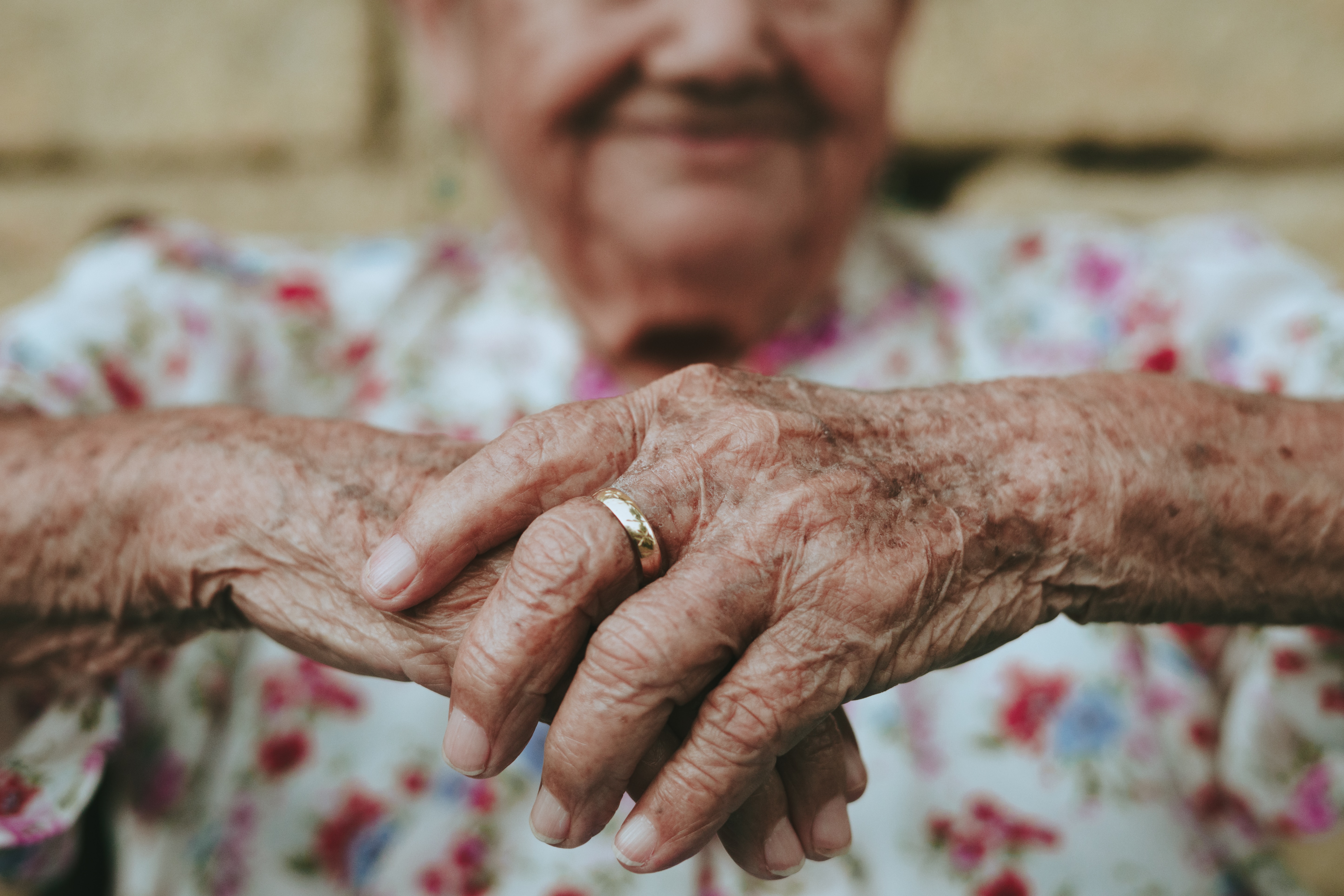Last Updated on September 26, 2024
Fear is a natural human emotion, but some fears run deeper and can affect daily life in profound ways. One such fear is thantophobia, also called death anxiety – an intense dread of death or the process of dying, often extending to the fear of losing someone you love. This is different from just worrying about death now and then, as the experience of intense anxiety can interfere with people’s daily lives.
People with thantophobia often worry about what happens after they die. This could be a fear of the unknown, such as not knowing if there is life after death or what it will feel like. Some fear the idea of nonexistence, thinking about the possibility of everything just ending when they die.
Others may be scared of the process of dying, especially if they imagine it to be painful, or full of suffering. Many worry about losing control of their body as they get closer to death, fearing that they could become very sick, helpless, or dependent on others. The idea of experiencing physical pain or discomfort, like struggling to breathe, can also cause a lot of anxiety. Because no one knows exactly how their death will happen, the uncertainty makes this fear even stronger.
For some people, thantophobia is connected to big questions about the meaning of life. This can lead to stress and anxiety, especially when they start thinking about whether they’ve lived a fulfilling life or accomplished what they wanted. People might also fear losing their sense of dignity as they die, worrying about becoming too weak or losing awareness.
Some are afraid they won’t get to say goodbye to their loved ones or finish important things in their life, which adds to their emotional stress. This fear can even cause physical symptoms, such as a racing heart, dizziness, or shortness of breath when they think about death, which are explained in detail further below.
The condition may be episodic, arising during certain periods, such as following a personal health scare or a major life transition like aging. For others, it can be a constant source of worry. In some cases, it can also be a chronic source of anxiety, especially when associated with other mental health conditions such as generalized anxiety disorder or panic disorder.
While a natural fear of death is common, thantophobia is much more intense. This fear can become so strong that people avoid thinking about death altogether or even delay seeking medical help when they’re very ill. It can also lead to avoiding certain thoughts or activities, which can lower a person’s quality of life.
This phobia is particularly difficult because it concerns not only the fear of one’s death but also the overwhelming anxiety tied to the potential loss of loved ones. In this article, we’ll explore the meaning of thantophobia, its impact on relationships, and how to cope with this fear healthily.
What is Thantophobia?
At its core, thantophobia is the extreme fear of death or the dying process. However, it often extends beyond this basic definition. For many, thantophobia includes an intense fear of losing someone they love. This aspect of the phobia can be debilitating, as it is rooted in the idea that life without certain people would be unbearable. The fear of losing someone can weigh heavily on individuals, causing them to experience:
- anxiety,
- worry and negative thought patterns
- panic attacks, or even
- avoidance of relationships altogether.
But thantophobia isn’t just a fear of death itself; it’s the fear of losing someone close, whether it’s a partner, friend, or family member. The constant worry of separation or death makes it difficult for individuals to live fully in the present, often causing them to fixate on the inevitable end rather than enjoy the here and now.

Thantophobia Meaning in Love and Relationships
In relationships, thantophobia can take on a special dimension. The fear of losing someone you love can lead to a range of emotional and behavioral responses. Some may become overly protective, attempting to control every aspect of a loved one’s life to keep them safe. Others might struggle to fully engage in their relationships because the phobia of losing someone looms large, preventing them from opening up emotionally out of fear that they’ll eventually lose that person.
The meaning of thantophobia in love is particularly heartbreaking because it stems from a place of deep attachment. When someone fears losing a loved one, it’s not just the fear of being alone – it’s also about the emotional devastation that comes with loss. This makes the fear of losing someone not just about the practical or physical absence, but about the emotional void that’s left behind.
People suffering from the phobia of losing someone often experience constant worry about their loved one’s safety and health. They might repeatedly ask for reassurance, or in extreme cases, avoid forming deep connections altogether to protect themselves from future grief.

Fear of Losing Someone You Love Phobia: How Does It Manifest?
The fear of losing someone can manifest in a number of ways. Here are some common behaviors or symptoms linked to this phobia:
Behavioral Symptoms:
- Constant Worry: A person with thantophobia may frequently worry about their loved ones, imagining worst-case scenarios. This is especially common when the loved one is away or out of contact, leading to obsessive thoughts about potential loss.
- Overprotection: Because the fear of losing someone you love is so strong, people might engage in overprotective or controlling behaviors. They may feel compelled to shield their loved ones from any potential harm, often going to great lengths to monitor or manage situations they perceive as risky.
- Emotional Withdrawal: The phobia of losing someone may lead individuals to distance themselves emotionally. They might avoid deep emotional involvement, fearing that stronger connections will only make future loss more painful.
- Panic Attacks and Anxiety: Many people with thantophobia experience intense anxiety or panic attacks when their fears are triggered.
Physical Symptoms:
- Heart Palpitations: The anxiety linked to the fear of losing someone can trigger heart palpitations, where the heart races or feels like it’s skipping beats. This is a result of the body’s “fight or flight” response, which floods the system with stress hormones like adrenaline.
- Tightness in the Chest and Shortness of Breath: The intense worry associated with thantophobia can cause tightness in the chest, sometimes making it hard to breathe. This shortness of breath often accompanies panic attacks, adding to the distress.
- Sweating and Trembling: Anxiety from the fear of losing someone you love can cause profuse sweating or trembling, particularly during moments of heightened fear or panic. These are the body’s natural responses to stress, preparing it to react to perceived threats.
- Fatigue: Living in a constant state of anxiety can be physically draining. People with thantophobia often report feeling exhausted or mentally drained.
- Insomnia: The fear of losing someone can make it difficult to fall asleep or stay asleep. Racing thoughts, especially at night, can lead to insomnia, causing both physical and mental exhaustion over time.
- Stomach Issues: Anxiety commonly affects the digestive system, and the phobia of losing someone can lead to nausea, stomach pain, or digestive problems like irritable bowel syndrome (IBS).
- Muscle Tension: Anxiety often leads to muscle tension, particularly in the neck, shoulders, and back.
Together, these behavioral and physical symptoms can create a cycle of anxiety and stress, reinforcing the fear of losing someone you love. While thantophobia lacks specific diagnostic criteria, its symptoms often align with those of generalized anxiety disorder (GAD).

Why Do We Fear Losing Loved Ones?
To fully understand thantophobia, it’s important to explore why humans fear losing their loved ones so intensely. The fear of losing someone can stem from a variety of factors, both emotional and psychological.
At its core, the phobia of losing someone is about attachment. Human beings are social creatures who thrive on emotional connections. The loss of a loved one can feel like losing a part of oneself, causing not just emotional distress but deep existential pain.
For many, the fear of losing someone you love can also be tied to past experiences of loss or abandonment. Those who have lost loved ones previously may be more prone to developing thantophobia, as the trauma of past losses amplifies future fears.
Additionally, the uncertainty surrounding life and death plays a major role in fueling this anxiety. The unknowns about when or how someone might be lost can cause constant worry and obsession. The fear of losing someone becomes not just a distant concern, but a pervasive fear that can affect daily life and relationships.
How to Cope with the Fear of Losing Someone
While thantophobia can feel overwhelming, it is possible to manage this fear with the right strategies. Here are some ways to cope with the fear of losing someone you love:
1. Acknowledge and Accept the Fear
The first step in dealing with thantophobia is acknowledging that the fear of losing someone is a normal part of life. Everyone experiences this to some degree, and accepting that loss is an inevitable part of life can help reduce the intensity of the fear.
2. Open Communication
Talking openly with your loved ones about your fears can help you feel supported and understood. Whether you are afraid of losing a partner, family member, or friend, sharing your feelings helps to reduce the emotional burden. It also strengthens emotional bonds, making you feel more secure in your relationships.
3. Education and Therapy
Learning about the nature of death, grief, and the normal process of losing loved ones can demystify fears and promote acceptance.
Cognitive-behavioral therapy (CBT) is an effective method for addressing the irrational aspects of the phobia of losing someone you love. Therapy can help individuals reframe their thoughts and manage anxiety through healthier coping mechanisms.
4. Focus on the Present
The fear of losing someone often pulls people out of the present moment, causing them to focus on a future they can’t control. Mindfulness and meditation techniques can help you remain grounded in the present, reducing anxiety and helping you enjoy time with loved ones without being consumed by future worries.
5. Build Emotional Resilience
While it’s impossible to eliminate the fear of losing someone entirely, you can build emotional resilience by focusing on your well-being. Developing self-care routines, practicing gratitude, and maintaining a positive outlook can help you navigate life’s inevitable losses with greater strength and acceptance.

Conclusion
Thantophobia, or the fear of losing someone you love, is a heavy burden to carry. It can affect not only your mental health but also the quality of your relationships. However, understanding the meaning of thantophobia and addressing the root of your fears can help you find peace. By acknowledging the inevitability of loss while choosing to live fully in the present, you can reduce the hold that this phobia has on your life.
Instead of letting fear dictate your actions, focus on building meaningful connections and cherishing the time you have with those you love. “Death is a natural phenomenon just like life. It is not to be afraid of and not to lose the psychological balance.” With the right strategies, it’s possible to live a fulfilling life without being paralyzed by the fear of losing someone you love.








